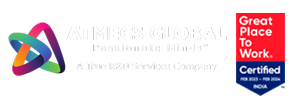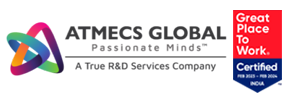Taking Flight: Optimizing Assembly Lines with AI in Aerospace Manufacturing
This blog explores how AI is transforming assembly lines, how AI and data analytics can empower engineers, and how ATMECS can leverage this technology to empower our clients.
Taking Flight: Optimizing Assembly Lines with AI in Aerospace Manufacturing Read More »


